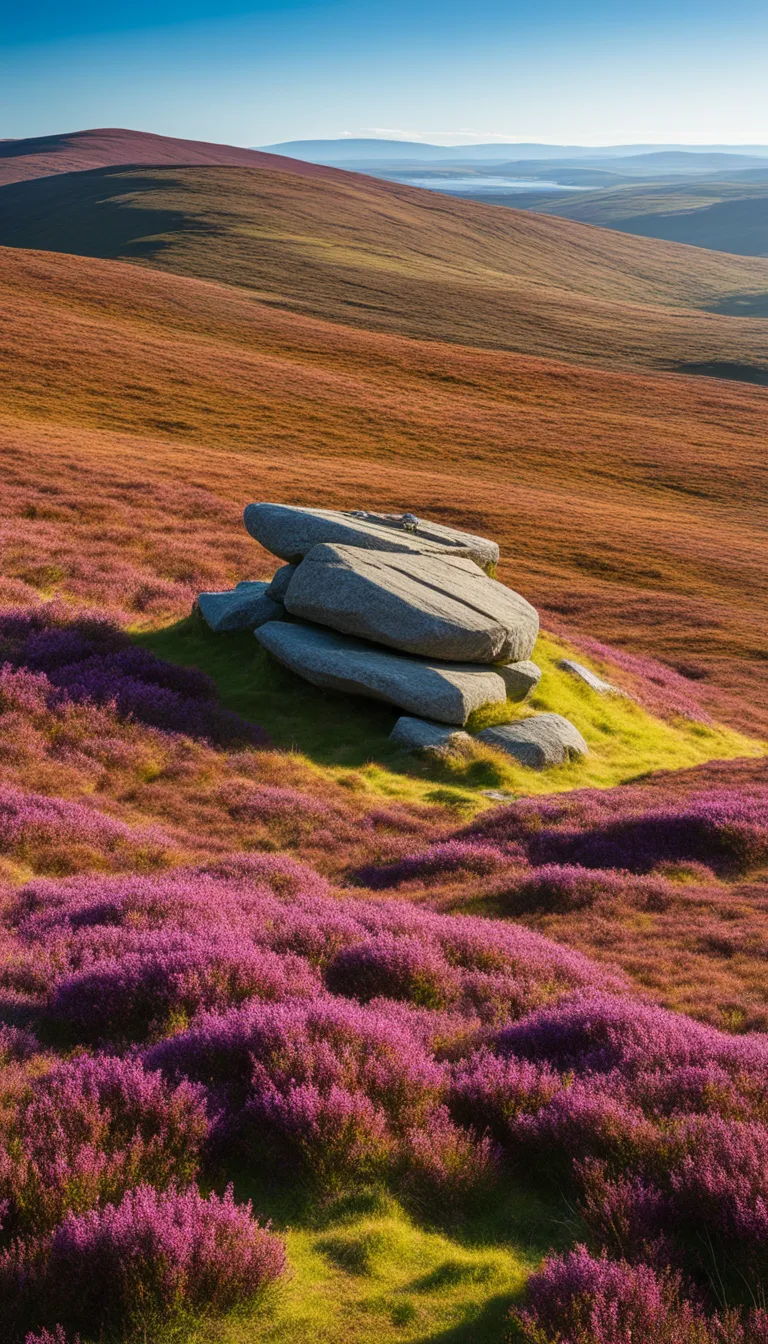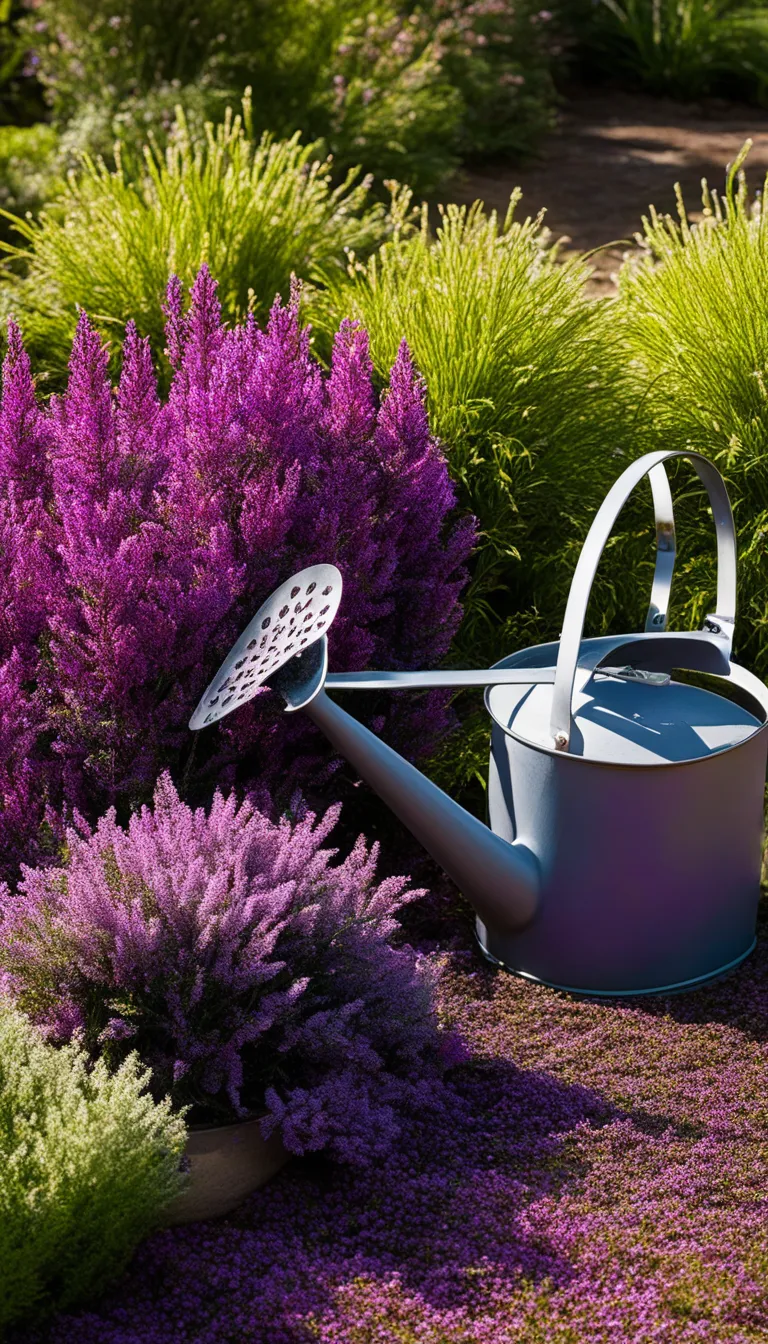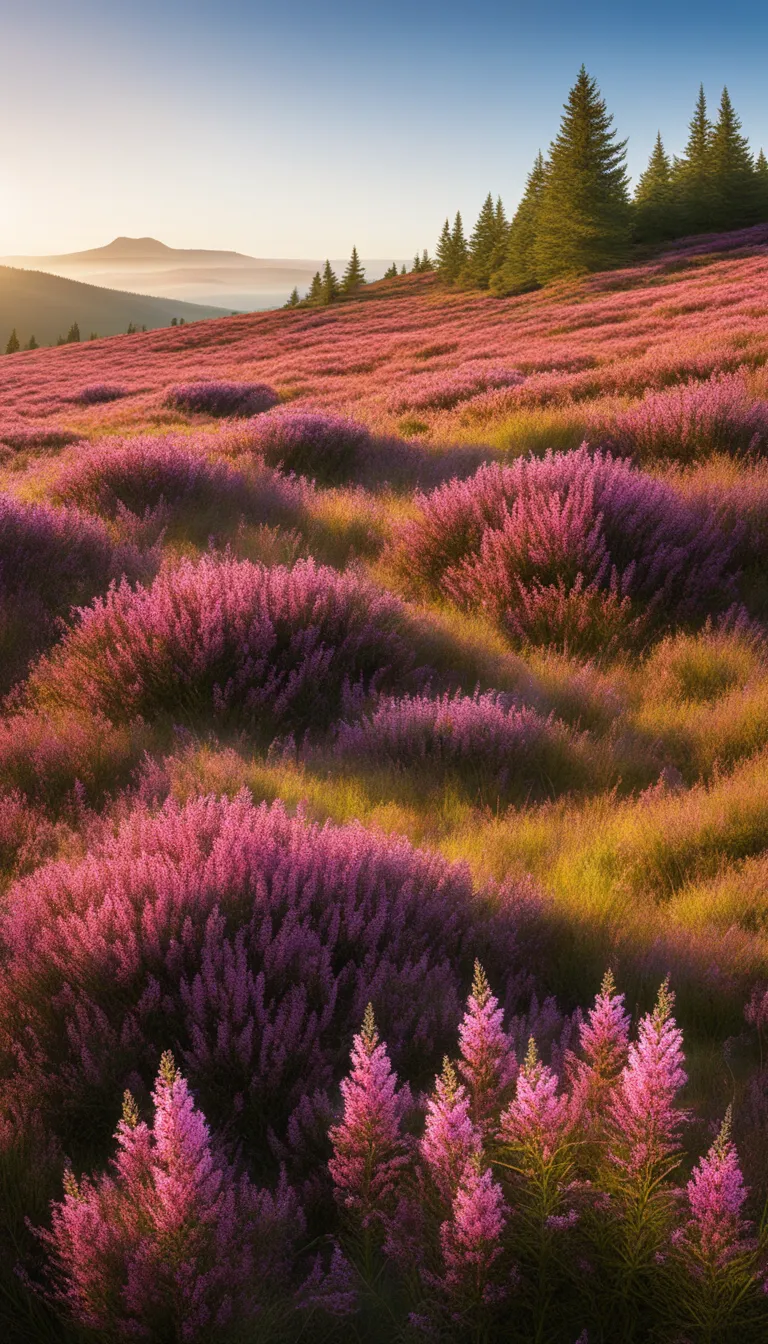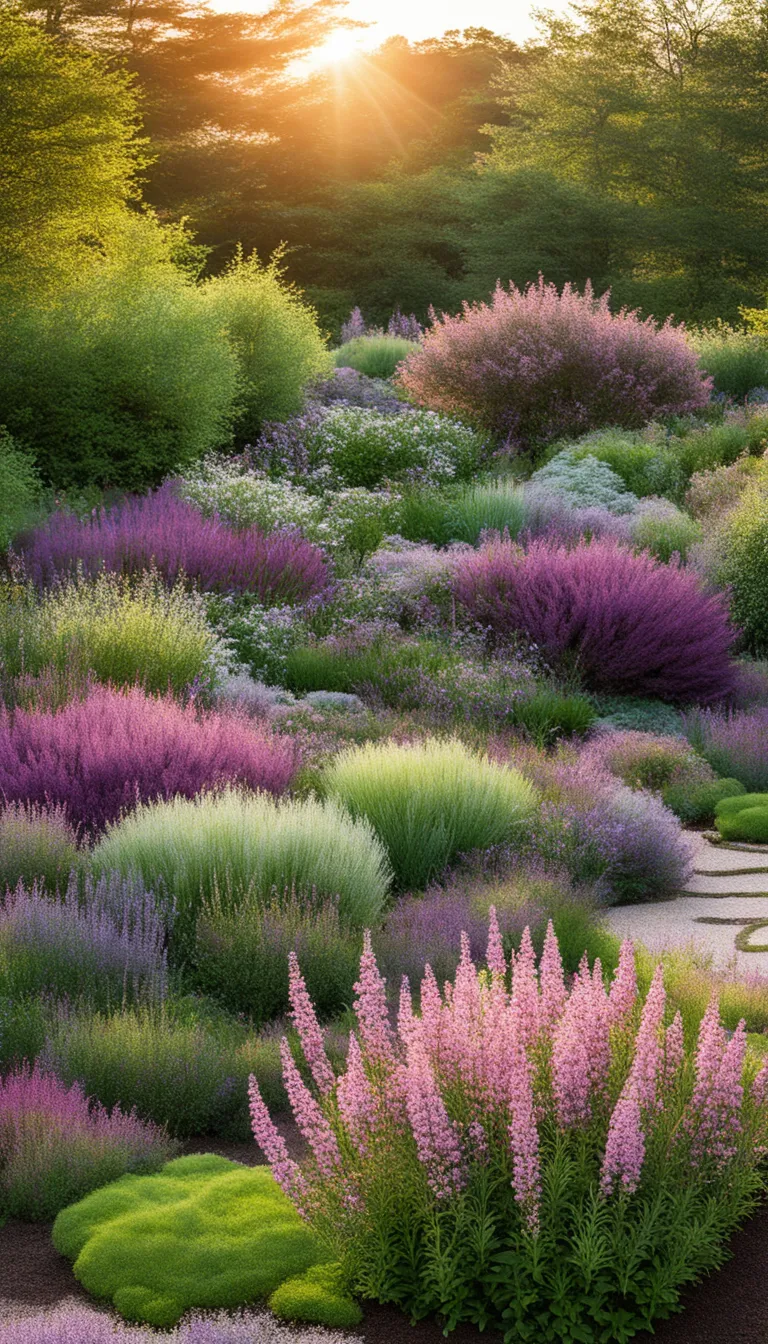Discover the beauty and diversity of heather plants, their care, varieties, and planting techniques in this comprehensive guide. Heather plants, known for their hardiness and colorful blooms, have captured the hearts of gardeners worldwide. With their ability to surprise with an explosion of colors, ranging from white to pink to purple, these evergreen shrubs are a staple in many landscapes.
But what exactly is heather? Often associated with the wild and windswept moors of Scotland, heather has a rich history and a variety of uses that go beyond its visual appeal. Its botanical name, Calluna vulgaris, hints at its commonality in the wild, but did you know that heather is also a symbol of admiration and protection? That’s right, there’s more to this plant than meets the eye!
When it comes to planting and caring for heather, it’s all about finding the right balance. These plants love the sun but can they handle your local climate? Are you watering them too much, or maybe not enough? And let’s not forget about the pesky pests that could turn your heather haven into a buffet. Don’t worry; we’ll dive into all the must-know tips to keep your heathers happy and thriving.
And of course, we can’t talk about heather without mentioning the variety! From the bell-shaped Calluna to the needle-like foliage of Erica, the heather family is full of surprises. Do you prefer the traditional purple hues, or are you looking to shake things up with some fiery reds and oranges? Whatever your preference, there’s a heather variety that’s sure to make your garden pop!
So, are you ready to embark on this heather adventure? Let’s explore the world of these resilient and enchanting plants together. Keep reading to uncover the secrets of heather and how to make them a show-stopping part of your garden!

What is Heather?
Heather, known scientifically as Calluna vulgaris, is a hardy evergreen shrub that paints the landscape with its vibrant hues and delicate flowers. Often associated with the wild moors of Scotland, heather has a rich historical significance and is deeply entrenched in folklore and tradition. But it’s not just about aesthetics; heather plays a crucial ecological role in its native habitats by providing shelter and food for various wildlife species.
Typically found in the open, sunny environments of Europe and Asia Minor, heather thrives in poor, acidic soils and is resilient to harsh weather conditions. Its ability to withstand challenging environments makes it a favorite among gardeners looking for low-maintenance yet stunning ground cover. The plant’s small, scale-like leaves and bell-shaped flowers are a testament to its unique beauty, with blooms that can range from white to pink to purple, igniting the landscape with a burst of color.
- Botanical Characteristics: Small, evergreen leaves with bell-shaped flowers.
- Growth Habit: Dense, low-growing shrub that can reach up to 2 feet in height.
- Bloom Time: Typically from July to September, depending on the climate.
Heather’s allure is not just skin deep; it’s a plant that has adapted to survive and flourish in some of the most challenging environments. Its presence in a landscape can be both a visual explosion of color and a surprise to those unfamiliar with its hardy nature. Whether you’re an avid gardener or a nature enthusiast, the world of heather plants offers a delightful exploration into the resilience and diversity of the plant kingdom.

How to Care for Heather?
Are you looking to add a touch of rugged elegance to your garden? Heather plants might just be the perfect choice! But, to keep these beauties thriving, you need to know the secrets to their care. Let’s dive into the world of heather and learn how to nurture these plants to their full potential.
First things first, heather loves the sun! Ensure your plants bask in at least six hours of sunlight daily. However, in regions with scorching summers, a little afternoon shade won’t hurt. When it comes to watering, heather prefers a consistent schedule. Too much moisture can lead to root rot, so well-draining soil is a must. Here’s a quick checklist to help you remember:
- Location: Full sun to partial shade
- Soil: Well-draining, slightly acidic
- Watering: Regular but not overdone
- Fertilizing: Light feedings with rhododendron or azalea formulations
But wait, there’s more! Just like us, heather plants have their foes. Keep an eye out for pests such as spider mites and scale insects. A blast of water or an insecticidal soap can often do the trick. And don’t forget the importance of pruning. Trimming heather after flowering keeps it from becoming woody and encourages lush, new growth.
Remember, patience and attention are key. With the right care, your heather plants will explode with vibrant colors and surprise you with their resilience. So, are you ready to transform your garden into a heathland wonder?

What are the Heather Varieties?
Ever wondered about the sheer diversity of heather plants out there? Well, prepare for a surprise explosion of colors and forms! Heather, or Calluna vulgaris, comes in a wide range of varieties, each with its own unique charm. Let’s take a stroll through the garden of heather varieties.
From the classic purples to the unexpected whites and pinks, the palette of heather is truly mesmerizing. But it’s not just about colors; these plants vary in size, foliage, and blooming seasons, too. Did you know that some heathers bloom in winter, bringing a splash of life to the dormant landscape? It’s like nature’s own fireworks display!
- Calluna vulgaris ‘Spring Torch’ – sports vibrant new growth in shades of red and gold.
- Calluna vulgaris ‘Allegro’ – offers deep pink flowers that are a feast for the eyes.
- Calluna vulgaris ‘Silver Knight’ – stands out with its silvery foliage and mauve flowers.
- Erica carnea – known as winter heath, this one is a champion of cold weather, blooming in hues of pink and white.
- Erica x darleyensis – a hybrid that provides a robust growth habit and flowers in winter or early spring.
In addition to their visual appeal, these varieties can serve different purposes in your garden. Some are perfect for ground cover, while others make excellent borders or even potted displays. Imagine the possibilities when you mix and match these heather varieties to create a tapestry of texture and color!
Before you choose your favorites, consider their individual needs—some may prefer sunnier spots, while others thrive in partial shade. And don’t forget, the right care will ensure your heather plants remain explosively beautiful year after year!





